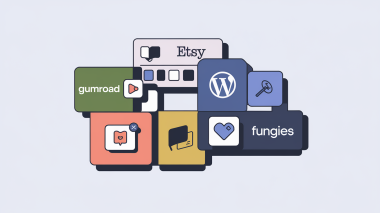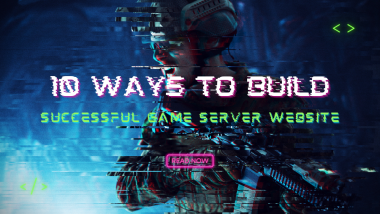In the competitive world of game design, having a strong portfolio is essential for showcasing your skills, experience, and creativity. Whether you’re a level designer or a game designer, a well-designed portfolio website is the perfect platform to highlight your work and attract potential employers or clients. In this comprehensive guide, we will explore the essential tips and tricks for building and promoting your game designer portfolio using user-friendly website builder tools. By following these strategies, you can create an impressive portfolio website in just a few minutes and enhance your chances of success in the industry.
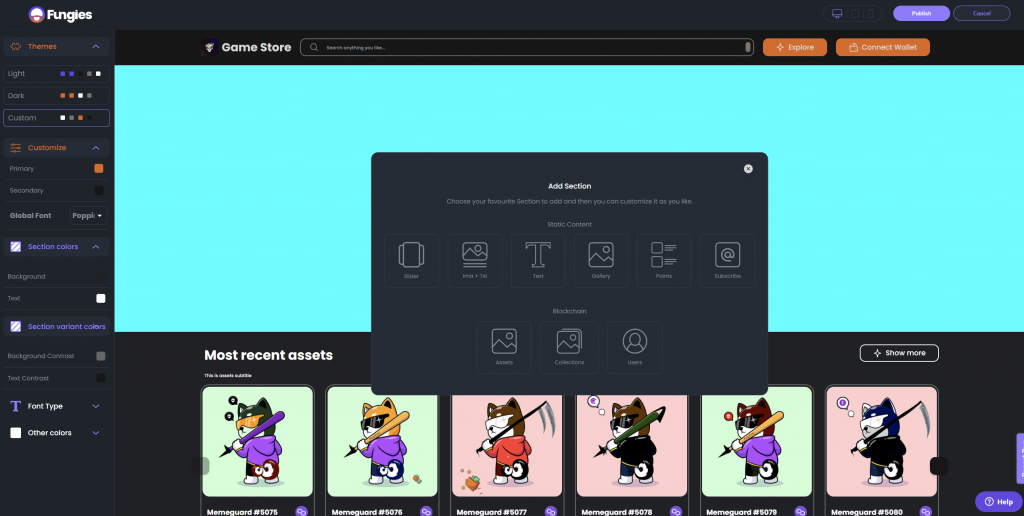
- Understanding the Importance of a Game Designer Portfolio: Before diving into the tips and tricks, it’s crucial to understand why having a game designer portfolio is essential. A portfolio serves as a visual representation of your skills, style, and accomplishments, allowing you to showcase your best work to potential employers or clients. A well-designed portfolio website provides a professional image, increases your credibility, and sets you apart from the competition.
Your portfolio is not only a collection of your past projects but also a reflection of your potential and abilities as a game designer. It allows you to demonstrate your proficiency in various aspects of game design, such as level design, gameplay mechanics, visual aesthetics, and storytelling. Through your portfolio, you can effectively communicate your unique style, problem-solving capabilities, and the value you bring to potential projects or teams.
- Choosing the Right Website Builder: When it comes to building your game designer portfolio website, selecting the right website builder tool is paramount. Look for platforms that offer intuitive drag-and-drop interfaces, customizable templates, and responsive designs. These features will enable you to create a visually appealing and user-friendly website without the need for extensive coding knowledge or design skills.
Some popular website builders that fit these criteria include Wix, Squarespace, WordPress, and Weebly. These platforms provide a wide range of templates specifically designed for portfolio websites, allowing you to choose a design that best represents your style and aligns with the gaming industry’s aesthetics. Take the time to explore their features, user reviews, and pricing plans to find the one that best suits your needs.
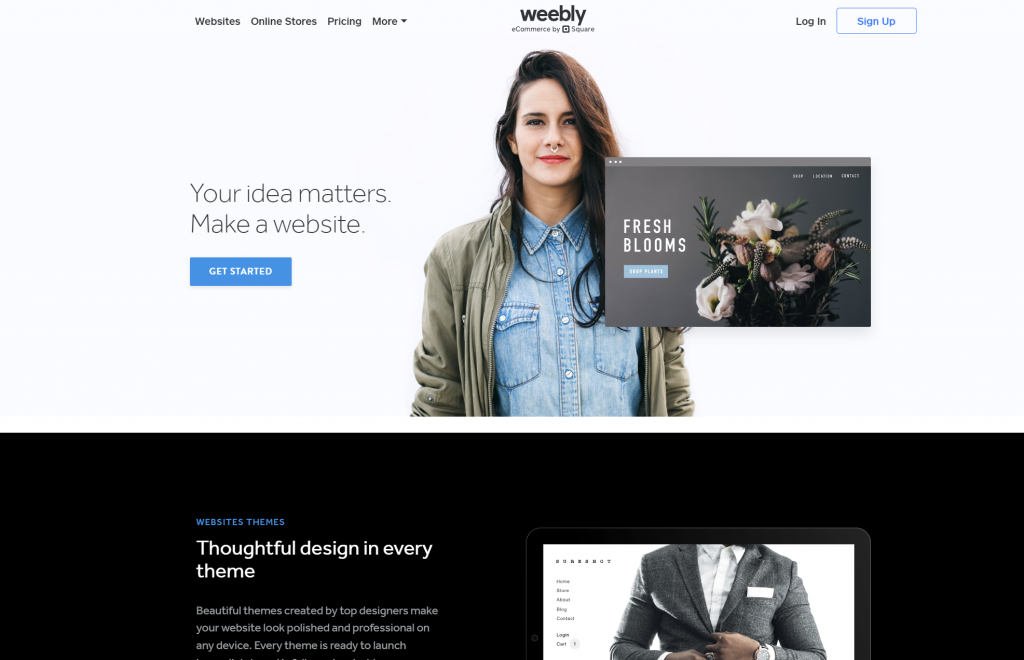
- Planning Your Portfolio Website: Before you start building your website, it’s crucial to plan its structure and content. A well-organized and thoughtfully designed portfolio will make a strong impression on visitors and effectively showcase your work. Begin by defining your goals and target audience. Consider the type of games you specialize in, your unique strengths, and the kind of clients or employers you want to attract.
Once you have a clear understanding of your goals and target audience, organize your portfolio into clear sections, such as “Projects,” “About Me,” “Resume,” and “Contact.” Having a clear and logical structure will make your website more user-friendly and help visitors navigate through your work seamlessly. Consider adding a search or filtering function to allow visitors to easily find projects based on specific criteria, such as genre, platform, or role.
- Showcasing Your Best Work: Your portfolio website should feature a selection of your best projects, demonstrating your skills and expertise. Choose a variety of projects that highlight different aspects of your abilities. For level designers, include projects that showcase your level design skills, puzzle-solving mechanics, immersive environments, and gameplay flow. Game designers can include projects that demonstrate their ability to create innovative mechanics, compelling narratives, and engaging gameplay experiences.
When showcasing your work, provide detailed descriptions, visuals, and videos to demonstrate your projects in action. Describe the challenges you faced, the solutions you implemented, and the impact your work had on the overall gaming experience. Don’t forget to mention your role in each project, highlighting your specific contributions and responsibilities. Additionally, consider adding testimonials or reviews from satisfied clients or colleagues to enhance your credibility and provide social proof of your abilities.
- Creating a Compelling About Me Page: The “About Me” page is an opportunity to make a personal connection with visitors and provide insight into your background and passion for game design. Share your journey, experiences, and motivations in a concise yet engaging manner. Explain why you are passionate about game design, what drives you, and how your unique perspective influences your work.

Use this page to showcase your unique selling points and convey your enthusiasm for the industry. Highlight any notable achievements, awards, or recognitions you have received. Include a professional photo and contact information to add a personal touch and make it easier for potential employers or clients to reach out to you. Consider including links to your social media profiles or professional networks to encourage visitors to connect with you on a deeper level.
- Crafting an Impressive Resume: While your portfolio speaks volumes about your work, a well-crafted resume provides additional details about your education, experience, and skills. Create a dedicated page for your resume, outlining your academic qualifications, relevant work experience, and key achievements. Use concise bullet points and highlight the most relevant information, such as the games you have worked on, the roles you have undertaken, and any notable achievements or awards.
Consider including a section that highlights your technical skills, such as proficiency in specific game engines, programming languages, or design tools. If you have experience working with teams or leading projects, emphasize your collaboration and leadership skills. Remember to update your resume regularly as you gain new experiences and skills, ensuring that it remains up to date and relevant to potential employers or clients.
- Optimizing Your Website for SEO: To ensure your portfolio website ranks well in search engine results and attracts organic traffic, optimize it for search engine optimization (SEO). Conduct keyword research to identify relevant keywords and incorporate them naturally into your website’s content, headings, meta descriptions, and image alt tags. Choose keywords that are specific to your niche, such as “level designer portfolio” or “game designer portfolio,” to target a relevant audience.
Write descriptive and engaging titles for each project and page, making use of your target keywords. Create unique and compelling meta descriptions that entice users to click through to your website. Additionally, include social sharing buttons to encourage visitors to share your work on their social media platforms, increasing your online visibility and attracting more potential employers or clients.
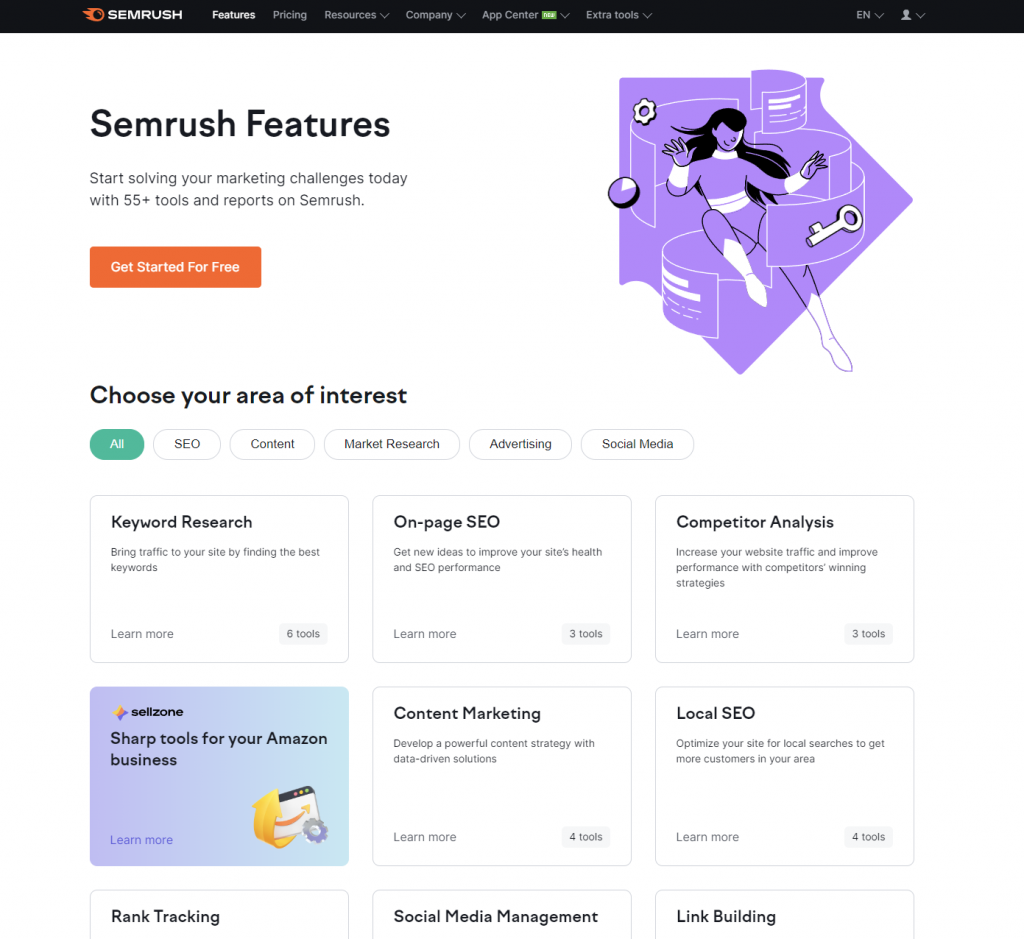
- Incorporating a Blog or News Section: A blog or news section on your portfolio website can help establish you as an industry expert and enhance your visibility. Share your insights, tips, and industry news regularly to showcase your knowledge and keep visitors engaged. Write articles that are relevant to your target audience, such as game design trends, analysis of popular games, or tutorials on specific design techniques.
Promote your blog posts on social media platforms and industry forums to attract more visitors to your website. Engage with your audience by responding to comments and encouraging discussion. By consistently providing valuable content, you not only establish yourself as a thought leader but also increase your chances of being discovered by potential employers or clients who appreciate your expertise and insights.
- Promoting Your Portfolio: Building a stellar portfolio website is only half the battle; you also need to actively promote it to increase its visibility and reach. Leverage social media platforms such as LinkedIn, Twitter, and Instagram to share your work, engage with the game design community, and connect with industry professionals. Participate in relevant online communities, forums, and industry events to network and gain exposure.
Consider reaching out to industry publications and blogs to showcase your work and establish yourself as a thought leader in your field. Collaborate with other game designers or professionals in related fields to create joint projects or content, leveraging their networks and audience. Actively seek feedback and testimonials from clients or colleagues and showcase them on your website to build trust and credibility.
- Regularly Updating Your Portfolio: To keep your portfolio website fresh and engaging, it’s essential to update it regularly. Add new projects as you complete them, showcasing your growth and evolution as a game designer. Remove outdated projects or ones that no longer reflect your current style or capabilities. Update your resume with any new achievements or experiences, highlighting your professional development.
Respond to comments and inquiries promptly to demonstrate your professionalism and dedication. Regularly check for broken links or outdated information and fix them promptly. By consistently updating your portfolio, you show potential employers or clients that you’re actively involved in the industry and committed to your craft, enhancing your chances of securing exciting projects or job opportunities.
Conclusion
Building an impressive game designer portfolio website doesn’t have to be a daunting task. With the right website builder tools and a strategic approach, you can create a stunning portfolio website in just a few minutes. By following the essential tips and tricks outlined in this guide, you’ll be well-equipped to showcase your skills, attract potential employers or clients, and level up your career in the exciting field of game design. So, go ahead, unleash your creativity, and take the first step towards a successful future!

